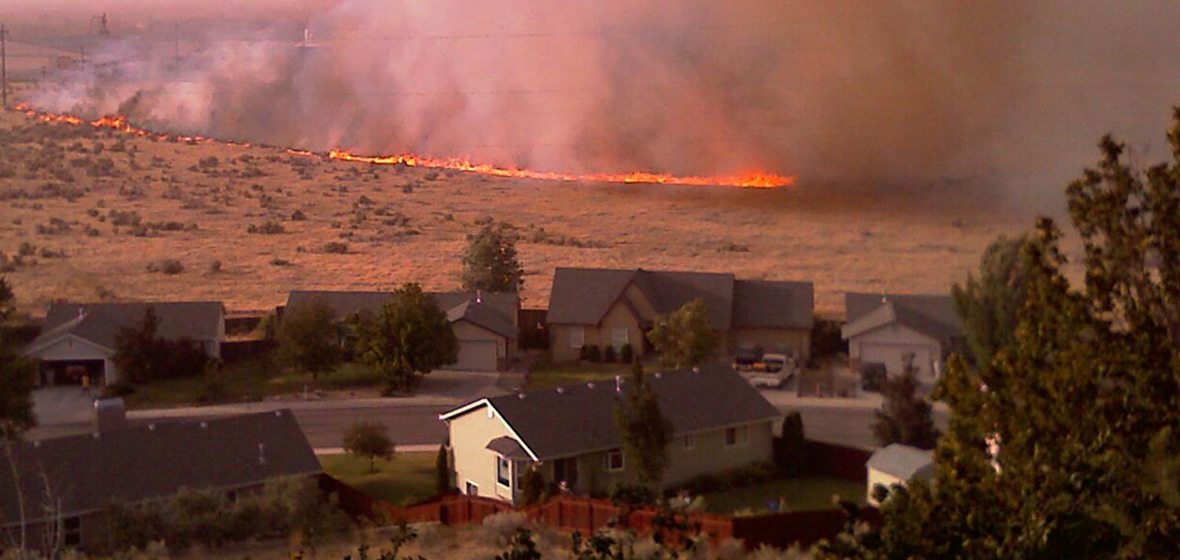Evacuating during a wildfire is a terrifying experience. It's difficult to think accurately and quickly. So, residents should prepare for an evacuation by packing go-bags before a wildfire threat begins. It is recommended that one bag is packed for each family member and each pet. While packing, refer to this checklist of go-bag recommendations from the Red Cross and Cooperative Extension's Living With Fire Program.
Supplies for People and Pets
- Medications (7-day supply)
- Water (1 gallon per person per day for 3 days)
- Food (nonperishable 3-day supply) and manual can opener
- Sanitation and hygiene items (shampoo, conditioner, soap, toothbrush, toothpaste, etc.)
- Medical supplies (hearing aids, with extra batteries, glasses, contact lenses, syringes, cane, etc.)
- Baby supplies (bottles, formula, food, wipes, diapers, etc.) and games and activities for children
- Pet supplies (collar, leash, ID, food, carrier, bowl, etc.) and a picture of each pet
- Clothing for 3-5 days
Household Records and Family Heirlooms
- Extra sets of car, house and other keys
- Family heirlooms, photo albums and videos
- Important documents* (medication list, medical records, proof of address, deed/lease to the home, bank, IRS, trust, investments, passports, birth certificates, insurance policies, etc.)
- Inventory of home contents and photographs of the exterior of the home and landscape*
- Computer backup files*
Emergency Supplies and Information
- Maps of the area
- Multi-purpose tool
- Flashlight with extra batteries
- First aid kit and emergency blanket
- Extra cash and/or credit and debit cards
- Family and emergency contact information
Electronics and Power
- Radio tuned to local news (hand-crank or battery-powered with extra batteries)
- Cell phone, portable power bank and charger
- Two-way radios with extra batteries
*Keep one copy in the go-bag and another away from the home or in the cloud.
To learn more about preparing the home and community for a wildfire, visit University of Nevada Cooperative Extension's Living With Fire website.
Jamie Roice-Gomes is the Living With Fire Program manager and outreach coordinator and Ashley Andrews is a communications specialist with Cooperative Extension. For more information on Living With Fire, contact Jamie at 775-336-0261.













